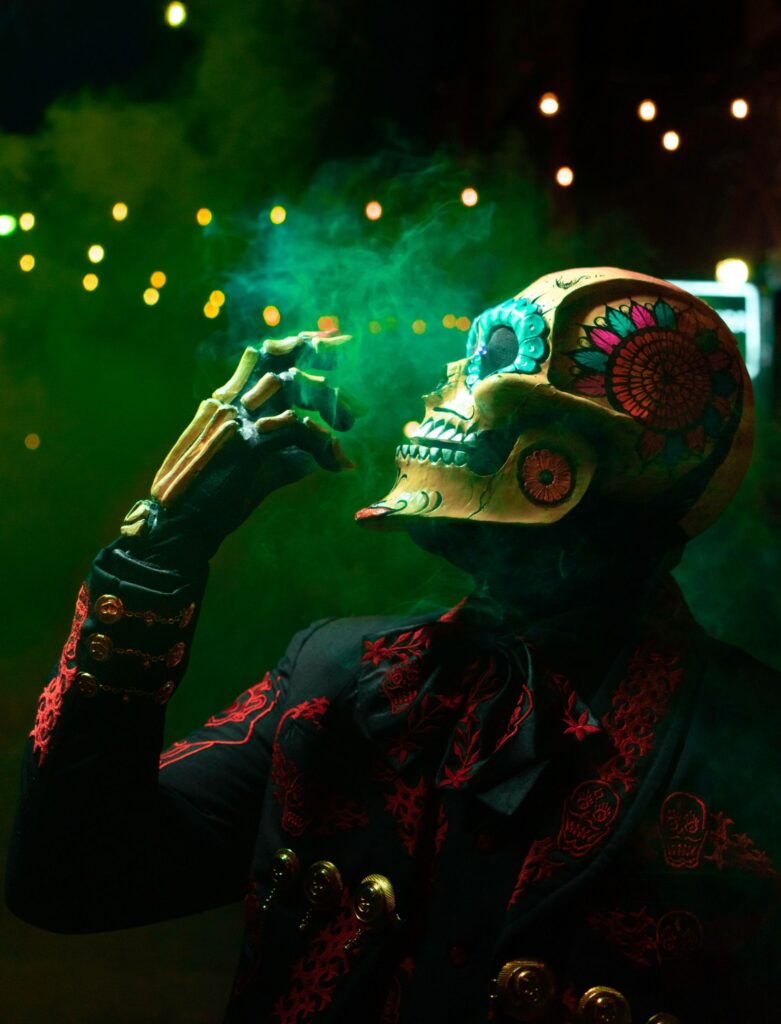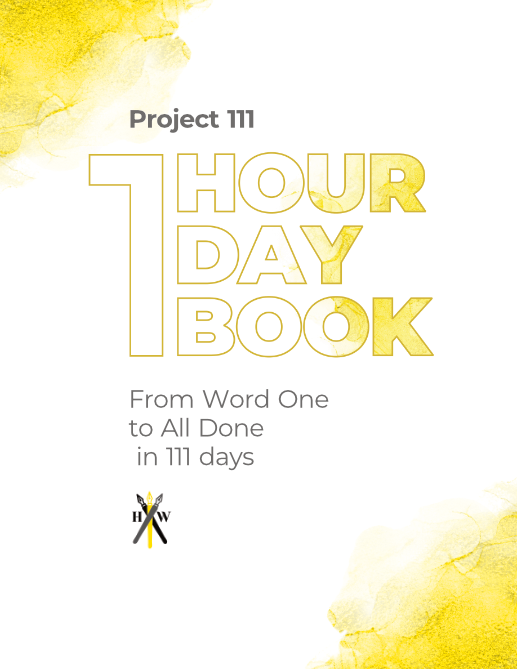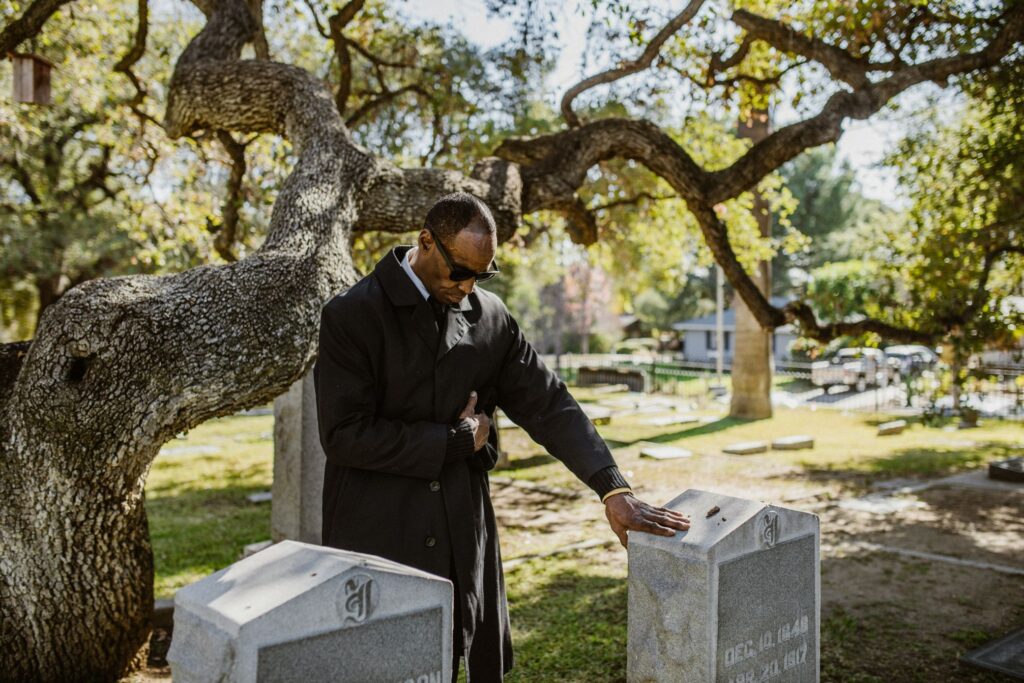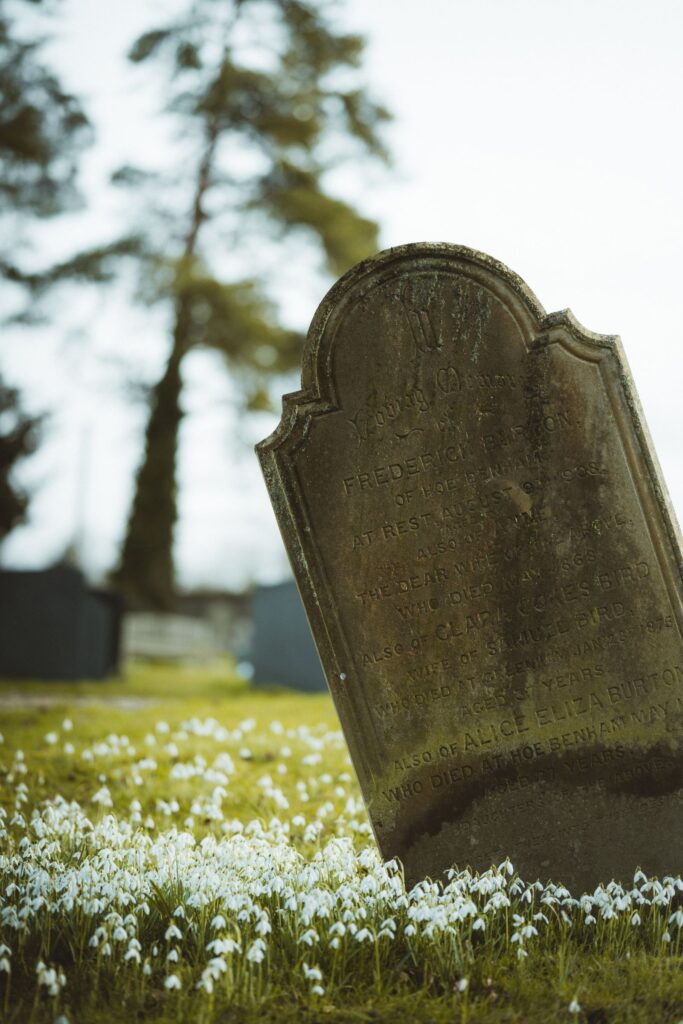Because death is a part of life, and stories reflect the human experience, many stories deal with death. Death scenes have the potential to make the reader cry, feel enraged, gasp in shock, and sometimes even laugh.
With such a wide array of available emotions surrounding the subject, it’s important to get across the proper ones. I watched an unnamed movie recently where the main character dies in the end, and I wanted it to be an emotional matter, but the way the character died left me stifling laughter in the movie theater. You want to avoid that confusion and write a great death scene.
In this article, we’ll discuss the importance of death scenes, how to include them in your story, and what things you should avoid.
Table of Contents
All-Important Death

At a certain point in our lives, we all must confront death. For many people, that will come in the form of a family member dying or a friend. But for many people, fiction has taken the role of providing that first encounter.
Many elementary kids had their first confrontation with death while reading the famous death scene in Bridge to Terabithia or some other book. It’s definitely possible that kids will have already seen Star Wars or some other movie that presents death in a casual light as a byproduct of war, but something in fiction and literature packs a harder punch.
Reading gets us closer to characters than most movies or shows can. We learn how characters think in a way that a visual depiction rarely can. Because of this, we attach ourselves to the characters and more easily empathize with their experiences.
When one of the characters we’ve loved dies, we feel the pangs of loss and grief that closely mirrors the experiences of a real life person dying. As such, fiction has the potential to address death in a way that outdoes film and TV.
Death scenes are important in literature for the empathy it can produce, but it goes beyond that. One of art’s main purposes is to explore the human condition. By writing a death scene, you get to add your own stamp to the human condition by sharing a fictional experience that can affect someone else.
But, as said earlier, these scenes don’t always bring grief and sadness. Sometimes death scenes can be comical, such as the death of the “inconceivable” Vizzini in The Princess Bride.
The scene is full of tension given that the viewer also doesn’t know in which cup the main character has poured the poison. Vizzini goes through a convoluted monologue about how he knows which cup contains the poison because he cannot be outwitted.
In the end, both cups contain poison but the MC is immune to it and only Vizzini dies, laughing in victorious glee until he slumps over his drink. This famous death scene has the purpose of engaging the viewers in the battle of wits and then offering comical relief at his death.
This is, by definition, a morbid way to make someone laugh. The question arises, is it okay to do so? Is it okay to treat death so lightly?
Only you can decide that for yourself, but the lesson here is that not every death needs to have the gritty weight of a horror film. Not every death is the result of violence.
This scene was written with the purpose of evoking laughter. Because it was done well, that end was achieved, yet Vizzini’s death carries a hidden grief in that we won’t get to see this beloved character for the remainder of the movie.
Death scenes have this importance and ability because they bring the death of a character to the forefront. Death moments can certainly exist without being a death scene. If we read a fight scene, especially in high fantasy, the odds are high that multiple people will die by the wayside, receiving hardly more attention than being the target of a main character’s blade.
A death scene becomes a scene when a spectacle is made of character’s death. The sad truth of death in movies, books, and shows is that unnamed people’s deaths go largely unnoticed. No one knows the names of the stormtroopers gunned down en masse, and most people probably don’t give it a second thought.
Including a Death Scene

As with all scenes, your death scenes should include a build up and resolution. A great example of the buildup involved in a death scene comes from the (Star Wars VII SPOILER) death of Han Solo.
The goal with this scene was to provide a shocking moment for the crowd, but the tensions built up are numerous. First off, the location of the scene is important. The scene shows the immense drop on each side of the bridge. Viewers understand that the situation is dangerous.
Second, viewers are familiar with the unstable relationship between a father and son from the original Star Wars trilogy. They know also that Kylo Ren harbors hatred towards his father.
We won’t go into every bit of build up for the scene, but the important piece with this scene is the final moment before Han Solo’s death. He offers to remove the light saber from his son’s hand, and the audience sees the conflicting emotions in Kylo Ren’s face. The audience wants him to return to his father, and they don’t know if it will actually happen.
After both of the characters hold onto the deadly weapon, there’s a moment where nothing happens. We think that Han has done it; that he’s helped turn his son to the light side. But then we hear the classic sound of an activating lightsaber and see Han Solo’s shocked face.
The resolution of the scene comes in multiple ways. Han caresses his son’s face before falling down the chasm, showing the love he feels for Kylo, and Kylo cements his path to the dark side.
Every time you include a death scene, you should have the buildup and resolution. The more beloved the character, the more resolution you should have. Authors run into problems when they kill a character that’s been around for a long time in a meaningless way and without resolution.
You can have that favorite character die a quick death or by an unexpectedly simple means, but the reader will want resolution. That resolution will make the reader feel like the death was earned.
Some good ways to resolve your character’s death are to have other characters mourn them, have a major consequence from that person’s death, and have the character either receive redemption or condemnation.
All of these tips should provide some closure to your character and make their death seem like an important part of the story.

Our 84-page book planner and 111 day writing course.
Escaping (Bad) Death (Scenes)

Few things can disappoint a reader as severely as a poorly written death scene. Sometimes expressing why a character’s death felt so underwhelming can be difficult, but following these next few suggestions can save your reader from ever worrying about that.
One of the biggest things to avoid is including an inconsequential death. This writing sin is especially grievous if you’re killing off a beloved character. By all means, kill your darlings, but make sure it wasn’t just for the purpose of killing them.
If you don’t write a build up and/or resolution to the death scene, you won’t be able to have a consequential moment. Similarly, if you kill off a character and nothing happens, your character either provided nothing to the story or you should go back and include the ramifications of this person’s death.
Along the same lines, you should avoid not capturing the loss other characters. Rue’s death in Hunger Games was well done in the book, but in the movie there’s a few seconds of grief, but then Katniss goes on as if nothing happened.
This suggestion goes slightly beyond the scene itself, but one way to capture the loss is to have characters be reminded of the deceased loved one by having them examine physical objects or places that bring back memories.
The last thing we’ll discuss that you should avoid is not giving the death enough time to breathe. Too many stories want to have an emotional death scene and will start it really well, but then it only lasts two sentences.
These moments need time to breathe. There can be total shock and emotion at seeing a character’s dead body, but if they brush it off after a few sentences, that death scene won’t satisfy the reader.
You can certainly have moments where a character sees someone get killed, but because of adrenaline or other responsibilities, they ignore it for the time being, but taking this approach means you should include the repercussions of the death in a lengthier moment sometime later.
Death is Not the End, but This is

Death scenes are incredibly important to do well. They have the potential to be cemented into the minds of your audience for decades to come. They can have the largest emotional impact on your readers and can change the way your audience views life and death.
Because of this importance, you should do everything you can to write them well. Some of the ways to do so are to give the scene a build up and resolution. Here, the resolution is extremely necessary. Someone’s life is ending, and it’s your job to give them, the other characters, and the readers the closure they need to understand that person’s moving on.
You should avoid inconsequential deaths, not capturing and visualizing the loss other characters feel, and zooming past the death. Because these scenes are so important, give them the time they need to reach their own potential. When you slow down here, you might find your own style for these scenes and affect your readers in the best way possible.
We’ve got plenty more articles for you to check out at our blog! Maybe start by reading this one about magic systems.
gavinwride
Gavin is a fantasy author, short story enthusiast, and nature lover. When he’s not reading, writing, or exploring the outdoors, he is likely playing games. His board game collection is probably too big for someone living in a small apartment, and he has enough yet-to-be-played video games to fill a lifetime. His favorite book is "The Name of the Wind". His favorite author is Edward Abbey. His favorite game is "Dark Souls III", and he’d be more than happy to spend the day talking about lore, bosses, and game mechanics.
Our 84-page book planner and 111 day writing course.
